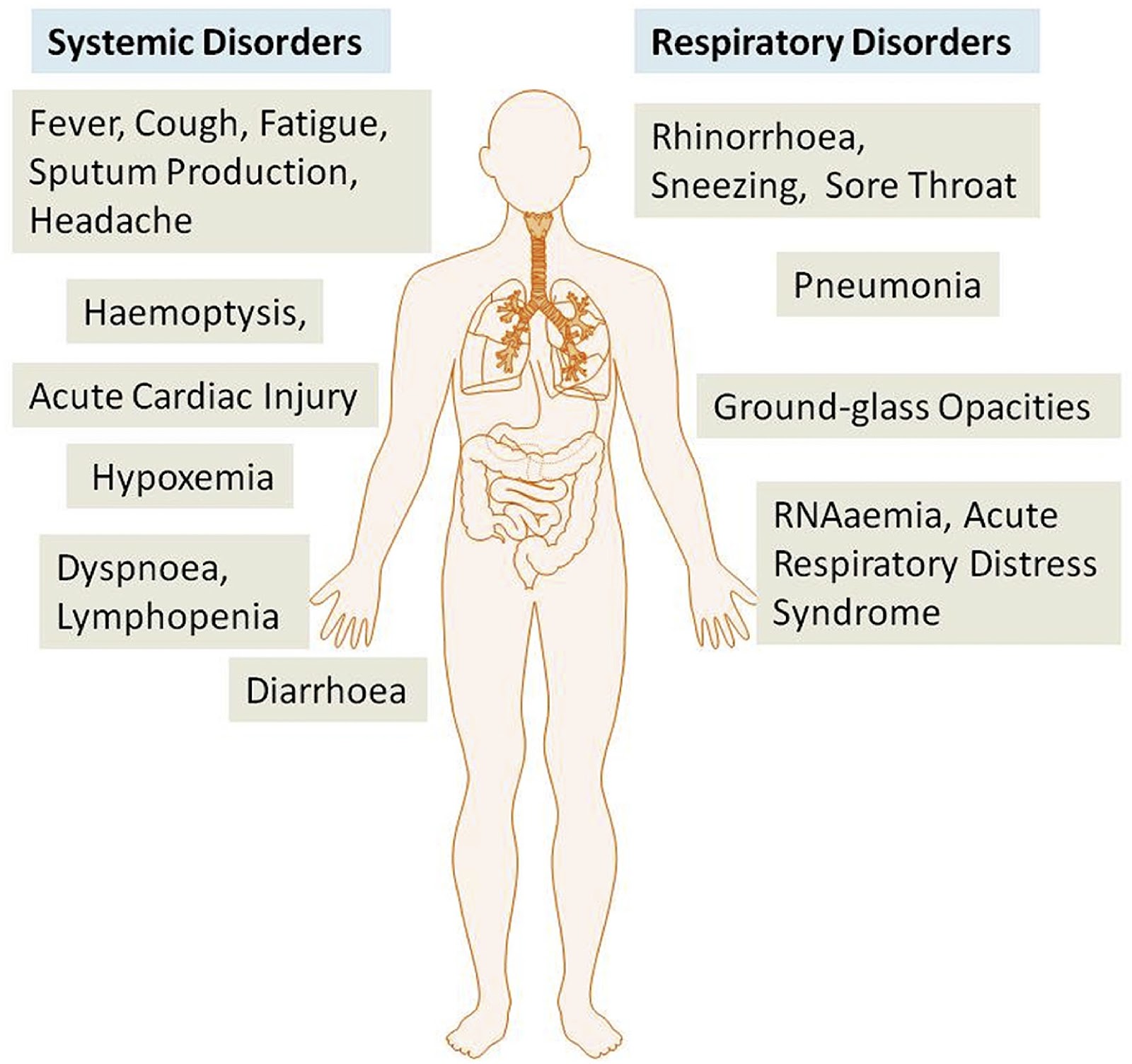All you need to know about Coronavirus Pathophysiology.
Pathophysiology ( how does the Coronavirus affects human body ?)
A research from China indicates that novel Coronavirus also spreads by faeco-oral transmission and not just by respiratory droplets or environmental contents. Among the key findings of the study a significant portion of Coronavirus patients experience diarrhoea, nausea, vomiting and abdominal discomfort before an onset of respiratory Symtoms.
•Faeco-oral transmission :
Viral RNA is also detected in faecal samples in suspected cases this indicates that the virus shreds into the stools. If someone goes to public toilets and shred the virus , then touches the surrounding areas and then if any other person comes in contact with that surface , they will inoculate themselves with the virus.
•Transmission by coughing and sneezing :
Respiratory droplets can infect a person within a radius of 3-6 feets. According to the type of surface, temperature, or humidity of the environment the virus may persist on a surface for few hours or upto several days. The research says that it can potentially be airborne for 3 hours.
🚨 HOW THE VIRUS ACTUALLY AFFECTS HUMAN BODY ?
It mostly involves our respiratory system. Once the virus enters our respiratory system it tends to attack the alveoli.
Cells of alveoli :
1) Type-1 pneumocytes.
2) Type-2 pneumocytes.
Type-1 pneumocytes help for gas exchange and type-2 pneumocytes produce surfactant.
As we know the surfactant decreases the surface tension within the alveoli and prevent the alveoli to collapse.
COVID-19 virus mainly attacks the Type-2 pneumocytes. Coronavirus have different type of spike proteins on it and positive single stranded RNA (+ssRNA) . Among these some spike proteins are very important like S-spike protein because it can attach with the receptors on the type-2 pneumocytes. These receptors are called Angiotensin Converting Enzyme-type-2 (ACE-2) . These receptors helps the virus to get into the cells. As soon as the virus enters into the cell it releases its ssRNA. This RNA molecule then high-jack the host cell ribosome and start making different protein molecules. These protein molecules are nothing but the different structural proteins of the virus itself. It also gives another important enzyme RNA dependent RNA polymerase (RDRP). With this enzyme it can synthesis more RNA molecules. The structural proteins they synthesize into different structural components of virus like capsid, spikes , different enzymes. On the other hand, it synthesize ssRNA molecules. Combination of these two parts make a complete virus i.e how a virus is REPLICATING
in our body and making tones and tones of new copies of the virus.
As the virus damages type-2 pneumocytes it can release numerous cytokines and inflammatory products, those inflammatory products activate alveolar macrophages. Then these activated macrophages release specific cytokines like InterLeukins (IL-1 and IL-6 ) and Tumour Necrosis Factor (TNF). They come into the capillaries and cause capillary smooth muscle relaxation and they are also responsible for endothelial cell contraction and relaxation. All these events lead to vasodilation and increased capillary permeability.
🚨 CONSEQUENCES :
Plasma will spillout into the interstitial spaces, so fluid will accumulate around the alveoli and compress the alveoli. Some fluid will come into the alveoli and start accumulating their. This will washout the surfactant and moreover due to damage of type-2 pneumocytes their will be low production of surfactant. So it will lead to increased surface tension and eventually alveolar collapse. Interstitial fluid accumulation and alveolar collapse can decrease the gas exchange, which will cause HYPOXEMIA (decreased oxygen concentration in blood). It will also cause increased work of breathing.
Now increased inflammatory cytokines will attract neutrophils, so another warriors come into action. Neutrophils can release Reactive Oxygen Species (ROS) and other Proteases to kill the virus or virus infected cells and at the same time this ROS and proteases can destroy the type-2 and type-1 pneumocytes.Damages cells and virus particles get stuffing-up into the centre of alveolus. So in alveolus their will be collection of cellular debris, proteinacious material and fluid. So their will be Consolidation of alveoli and further consolidation of lungs, which can create different types of problems like decreased gas exchange cause HYPOXEMIA and it can cause mechanical irritation which can lead to COUGH.
Now IL-1 and IL-6 can travel to hypothalamus and stimulate the hypothalamus to release specific prostaglandin which is responsible for Increased body temperature i.e virus can cause FEVER.
Low partial pressure of oxygen can stimulate the chemoreceptors and chemoreceptors will stimulate sympathetic system and as their is low oxygen in blood, heart will try to pump more and more blood to meet the oxygen demand. So heart rate is increased (HR) along with that their will be increased respiratory rate (RR) as body will try to inhale more oxygen and exhale more carbon-dioxide. So patient has ⬆️HR and⬆️RR.
Sometimes inflammatory response is so severe that it affects the whole body which is called SYSTEMIC INFLAMMATORY RESPONSE SYNDROME (SIRS) which eventually leads to Septic shock. Their will be capillary permeability all over the body so the fluid will go out of the capillary to the interstitial spaces which leads to decreased blood volume in blood vessels. Due to vasodilation their will be decreased peripheral resistance, so this leads to hypotension. Due to hypotension their will be decreased organ perfusion. So the final outcome will be MULTIPLE ORGAN FAILURE. This is very dangerous but rare cases are found till now.
If you see kidney's functions , the functions will be altered due to decreased blood flow their will be ⬆️BUN and ⬆️ Creatinine.
In liver function test LFT their will be :
⬆️SGOT
⬆️SGPT
⬆️Bilirubin
⬆️APR ( Acute Phase Reactant Proteins ) like CRP (C-Reactive protein ), IL-6 and fibrinogen.
If you think this information is helpful please share it.
Thank you










Great work 👍👍
ReplyDeleteGood job !
ReplyDeleteGreat Job!👍🏻
ReplyDeleteWell done , Great Information
ReplyDelete👍🏻👌🏻
ReplyDelete